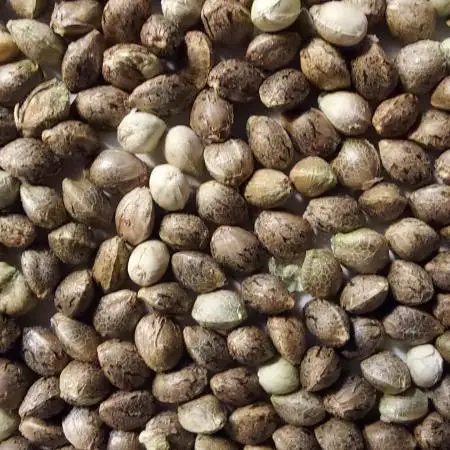The Grow Awards 2026 🏆
Anyone Use Grand Master LEDs
RedEyedJedistarted grow question 1y ago
Grand Master LEDs
I am looking to upgrade my grow room and GML looks like very nice lighting for price. Does anyone have any real world experience with any of Grand Masyer LEDs? If so, how does it perform, customer service, any other things that I might want to know.
Thanks
Open
likes
Answer
00110001001001111Oanswered grow question 1y ago
wanted to add one thing -- DLI is the primary factor for outcome. Even a slightly less inefficient light providing enough DLI will give a quality result in your grow. It just costs a bit more electricity to give the same DLI as a more efficient option.
so, quality of outcome will be there as long as there is "enough" light. What you pay for is efficient use of electricity and also expected longevity. The more efficient lights will last longer and add less heat to the environment. This is what you pay for - not quality or quantity of expected production.
likes
Complain
00110001001001111Oanswered grow question 1y ago
Quality / cost of light is most closely correlated to efficacy -- must also be a good heat sink and not flimsy construction, obviously.
The tarantula is overpriced for the efficacy. 2.68 is kinda low to price it as high as they do. Comparing their 480w to FC4800 by mars, i'd go with mars all day long - better effiacy and lower cost.
the tarantula 750w is a better 2.77, but they want 800 usd for it, lol. Still a bit low to call yourself a "premium" or "high-end" light. 2.9umol/J will be at or near the highest possible. Might be able to build one 3.0 umol/J but the CCT would have to be higher than you want a grow light to be, imo.
I'd compare to the FC-XXXX series from mars for a good price point for high-efficacy lights. if drastically different you know you are paying for hot air / bullshit. You can also find a 10-15% off coupon for mars hydro on IG or GD, so consider that too. I regularly see those lights for under 1dollar/watt.
with the samsung chips, you can always guesstimate efficacy with high accuracy. how many diodes and how many watts per diode tells you all you need. if watts per diode are higher than .20-.25watts/diode, then the efficacy is going to be lower and longevity of the light will suffer - both in an increasing way.. the more over-powered they are, the faster they die/dim. less efficacy also mean more heat added to environment - a bad thing more times than not unless you constantly struggle to warm the area up.
So, always verify what the advertising says about efficacy (umol/J). if it is bloated always do the watts/diode check. you'll find more than one producer lies like a little bitch about such things.
e.g. longevity - the tarantual light i'm looking at says "100,000" hours. that's bullshit. It'll dim to 90% of original after about 50,000 hours and then deteriorate at an increasing rate from there. You can verify this with the spec sheet for the diodes on samsung.com. This is a bit shady to say. L90 (90% loss) is the proper point to give a lifetime estimate -- and again, this longevity is only realized if the diodes are run at .20-.25 watts/diode (verify which exactly on samsung.com for LM301B or H, i'm going off memory - think "EVO" diodes are run at lower wattages on spec sheet, which is why they are more efficient options).
overall they are probably okay lights. the efficacy numbers seems accurate but they do not give diode count numbers to verify. they seem like quality lights, but maybe a bit over-priced. Not as much of a price gouge as HLG is, lol.
likes
Complain

